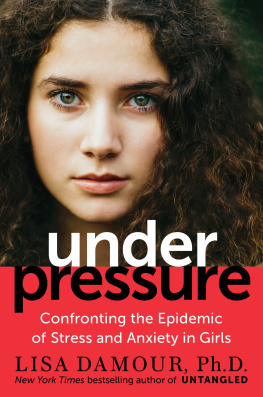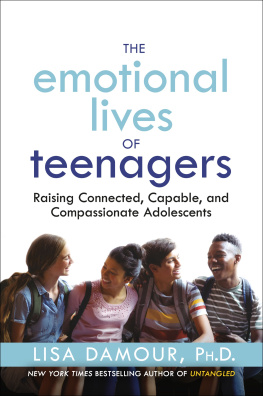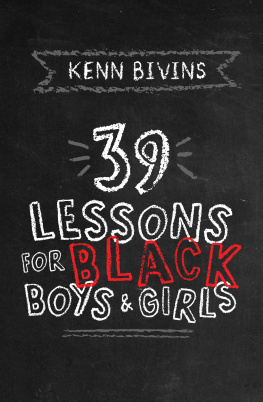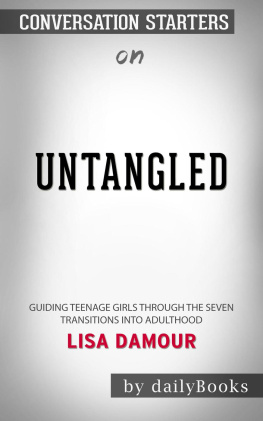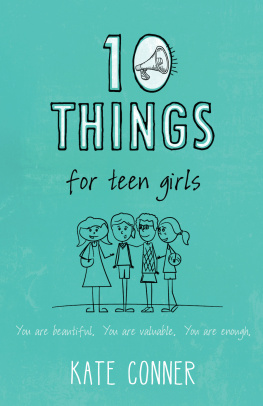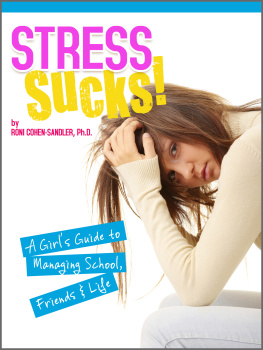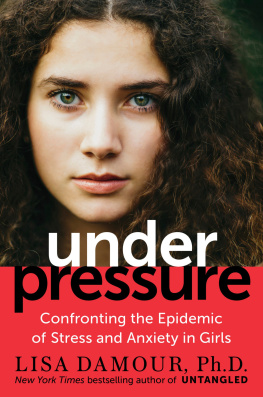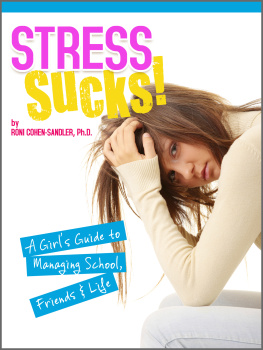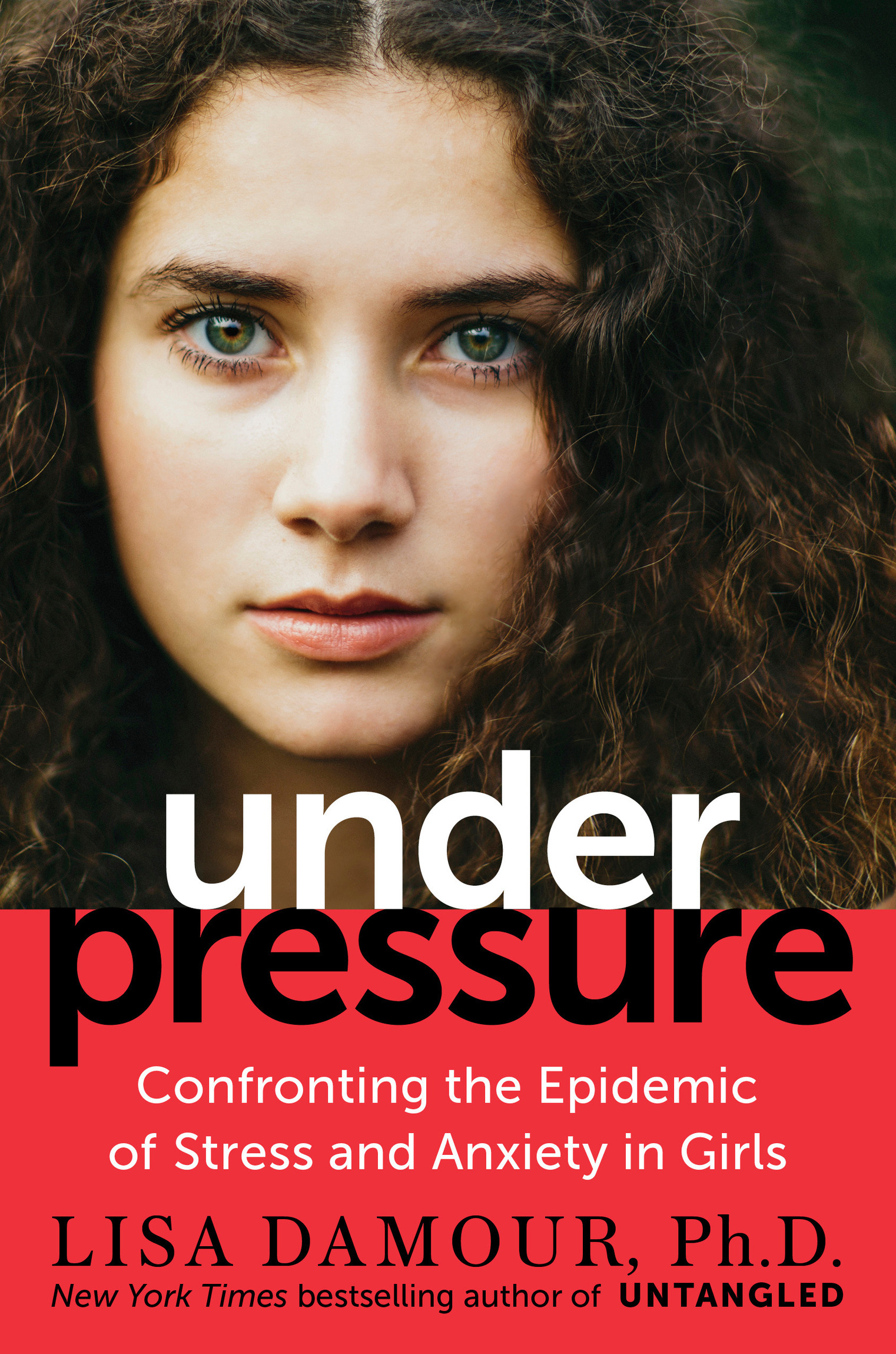Contents
Landmarks
Print Page List
The advice contained within this book does not constituteor serve as a substitute forprofessional psychological treatment, therapy, or other types of professional advice or intervention. Some names and details have been changed to protect the confidentiality of Dr. Damours clients. Any resemblance to actual persons, living or dead, or actual events is purely coincidental.
Copyright 2019 by Lisa Damour
All rights reserved.
Published in the United States by Ballantine Books, an imprint of Random House, a division of Penguin Random House LLC, New York.
B ALLANTINE and the H OUSE colophon are registered trademarks of Penguin Random House LLC.
Translation of Horace from Horace: The Satires is by A. S. Kline, copyright 2005, and is reprinted here by permission of the translator.
LIBRARY OF CONGRESS CATALOGING-IN-PUBLICATION DATA
Names: Damour, Lisa, author.
Title: Under pressure: confronting the epidemic of stress and anxiety in girls / Lisa Damour.
Description: First edition. | New York: Ballantine Books, [2019] | Includes bibliographical references and index.
Identifiers: LCCN 2018039456 (print) | LCCN 2018056183 (ebook) | ISBN 9780399180057 (hardcover) | ISBN 9780399180064 (ebook)
Subjects: LCSH: Stress in adolescence. | Anxiety in adolescence. | Teenage girlsPsychology. | Stress management.
Classification: LCC BF 724.3. S 86 (ebook) | LCC BF 724.3. S 86 D 36 2019 (print) | DDC 155.5/33dc23 LC record available at lccn.loc.gov/2018039456
Ebook ISBN9780399180064
randomhousebooks.com
Title-page image: iStock/ericsphotography
Book design by Simon M. Sullivan, adapted for ebook
Cover design: Anna Bauer Carr
Cover photograph: Laura Stolfi/Stocksy United
v5.4
ep
Contents
It is not the presence or absence, the quality, or even the quantity of anxiety which allows predictions as to future mental health or illness; what is significant in this respect is only the ability to deal with the anxiety. Here, the differences between one individual and another are very great, and the chances of maintaining mental equilibrium vary accordingly.
The children whose outlook for mental health is better are those who cope with the same danger situations actively by way of resources such as intellectual understanding, logical reasoning, changing of external circumstancesby mastery instead of retreat.
A NNA F REUD (1965)
Introduction
On a chilly Monday afternoon in November, I found myself in an emergency psychotherapy session with Erica, a seventh grader whom Id seen on and off for a few years, and Janet, her very worried mother. Janet had called my practice that morning when Erica became so overwhelmed by anxiety that she refused to go to school.
Erica had a rough weekend, explained Janet over the phone, because a big group project thats due soon went off the rails over some social drama. She added that her daughter hadnt eaten breakfast for the last two weeks because she had woken up every morning with stomachaches that didnt let up until midday. Then, through tears I could hear over the phone, Janet added, I cant believe that shes not at school today, but I couldnt figure out how to make her go. When I told her that Id even give her a ride instead of making her take the bus, she looked at me like I was offering to drive her to a firing squad.
Feeling really concerned, I asked, Can you come in today?
Yes, we have to, said Janet. Shes got to be able to go to school. Ive got a meeting early this afternoon that I cant miss. Can we come in after that?
Of course. And dont worry, I offered earnestly, well figure this out. Well get to the bottom of whats going on.
Something has changed. Anxiety has always been part of lifeand part of growing upbut in recent years for young women like Erica and so many others, it seems to have spun out of control. Ive been a psychologist for more than two decades, and in that time Ive watched tension rise in girls in my private practice and in my research. I also hear about the mounting pressures girls feel as I spend part of each week at an all-girls school in my community and travel to talk with groups of students around the United States and around the world.
At work, Im able to observe and learn from girls in so many ways, and when Im home, I gain another perspective on them as the mother of two daughters. Girls are my world, and if Im not with them, Im often chatting about them with teachers, pediatricians, or fellow psychologists. In the last few years, my colleagues and I have spent more and more time discussing the scores of young women weve met who are overwhelmed by stress or who feel intensely anxious. And we talk about how it wasnt always this way.
Alarmingly, what we are observing on an intimate daily scale is confirmed by sweeping surveys. A recent report from the American Psychological Association found that adolescence can no longer be characterized as an exuberant time of life, full of carefree experimentation. Except for during the summer months, todays teens now, for the first time, feel more stressed than their parents do. They also experience the emotional and physical symptoms of chronic tension, such as edginess and fatigue, at levels that we used to see only in adults. Studies also tell us that the number of adolescents reporting that they are experiencing emotional problems and are highly anxious is on the rise.
But these trends do not affect our sons and daughters equally.
Its the girls who suffer more.
As confirmed by report after report, girls are more likely than boys to labor under feelings of psychological stress and tension. A recent study found that a staggering 31 percent of girls and young women experience symptoms of anxiety, compared to 13 percent of boys and young men. Studies tell us that, compared to boys, girls feel more pressure, and that they endure more of the physical symptoms of psychological strain, such as fatigue and changes in appetite. Young women are also more likely to experience the emotions often associated with anxiety. One study found that the number of teenage girls who said they often felt nervous, worried, or fearful jumped by 55 percent from 2009 to 2014 while remaining unchanged for adolescent boys over the same time period. A different study found that anxious feelings are becoming more prevalent among all young people but are growing at a faster pace in girls.
These gendered trends seen in anxiety are also mirrored in the climbing rates of depressiona diagnosis that can serve as a proxy measure of overall psychological stress. Between 2005 and 2014, the percentage of teenage girls experiencing depression rose from 13 to 17. For boys, that same measure moved from 5 to 6 percent. While we hate to see emotional distress rise for our daughters or our sons, we should probably be paying attention to the fact that girls between the ages of twelve and seventeen are now nearly three times more likely than boys to become depressed.

